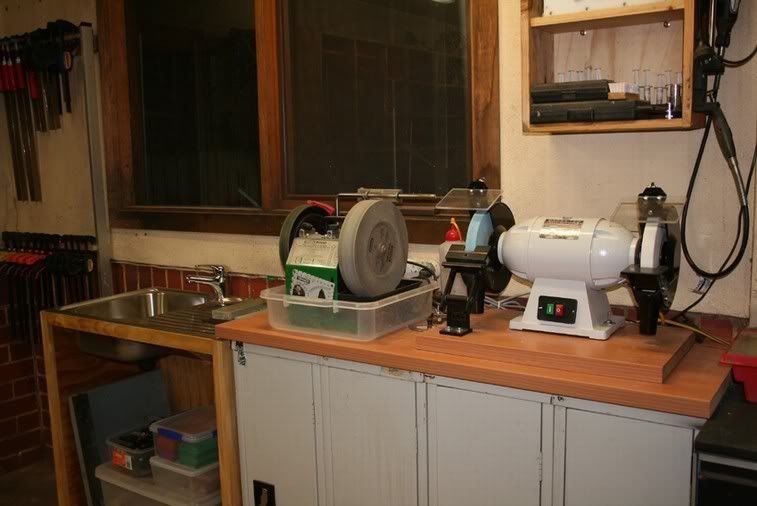Chems
Established Member
I see a lot of references to grinding a secondary bevel on your plane irons. Yet the Tormek manual says not to do this. I'm willing to experiment thou.
Recommend me some Primary and Secondary Bevels.
I have Record:
No5 1/2 - Currently at 25 Degrees
No 60 1/2 - Currently at 22.5 Degrees
No 4 - Currently at 25 Degrees
No 073 Shoulder Plane - 25 Degrees
Thanks in Advance!
Recommend me some Primary and Secondary Bevels.
I have Record:
No5 1/2 - Currently at 25 Degrees
No 60 1/2 - Currently at 22.5 Degrees
No 4 - Currently at 25 Degrees
No 073 Shoulder Plane - 25 Degrees
Thanks in Advance!





